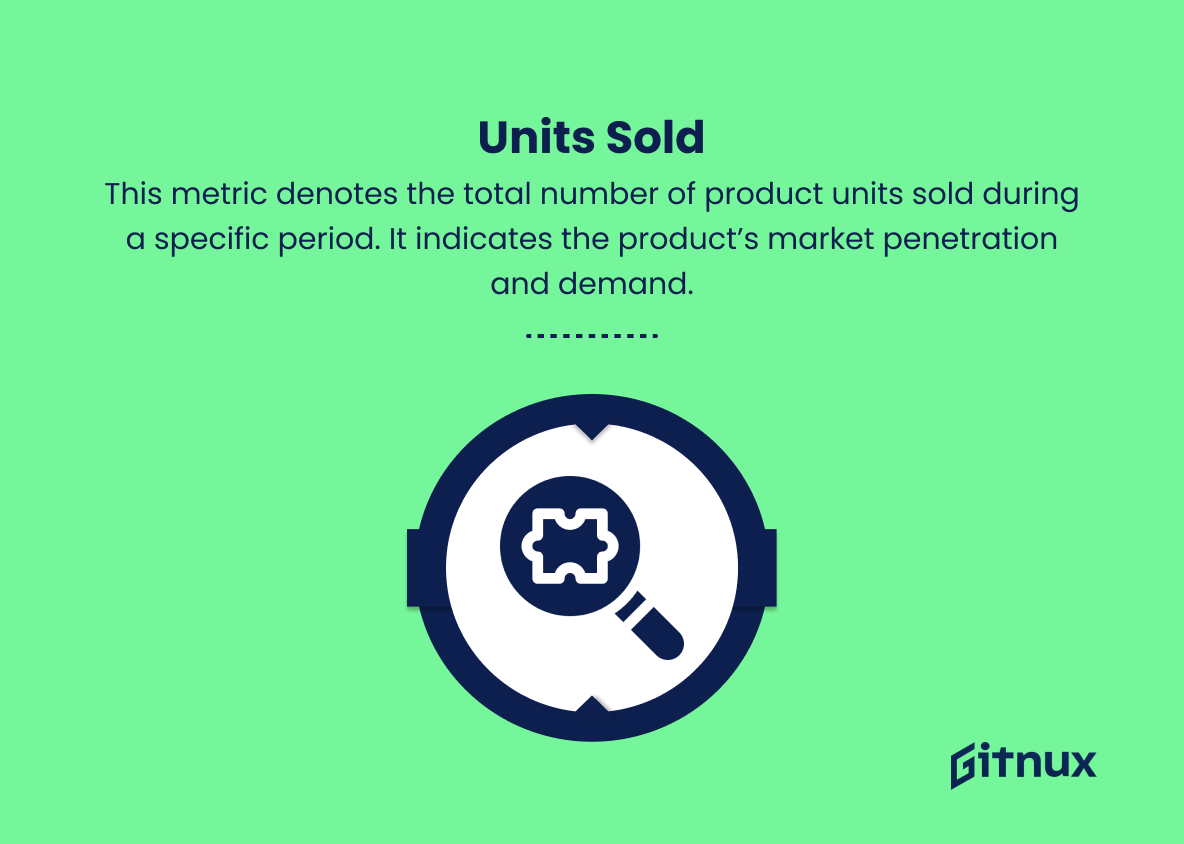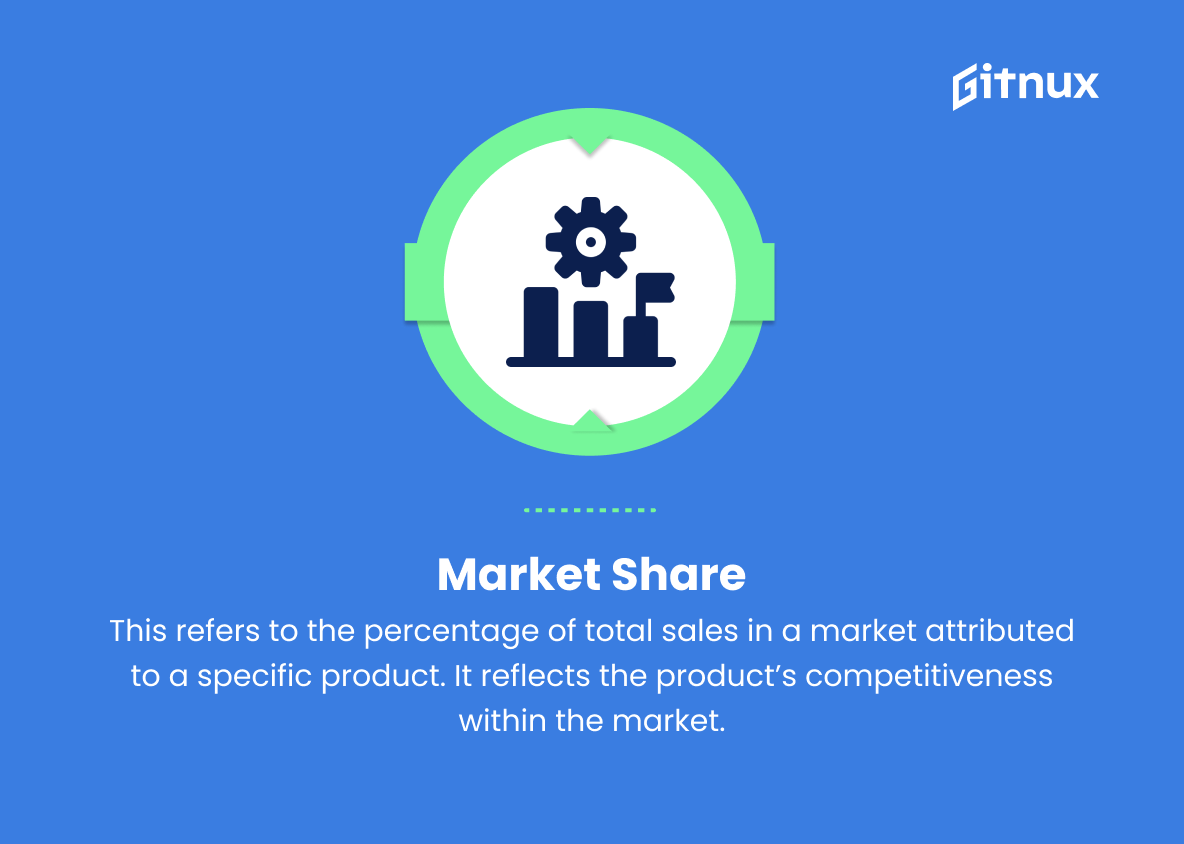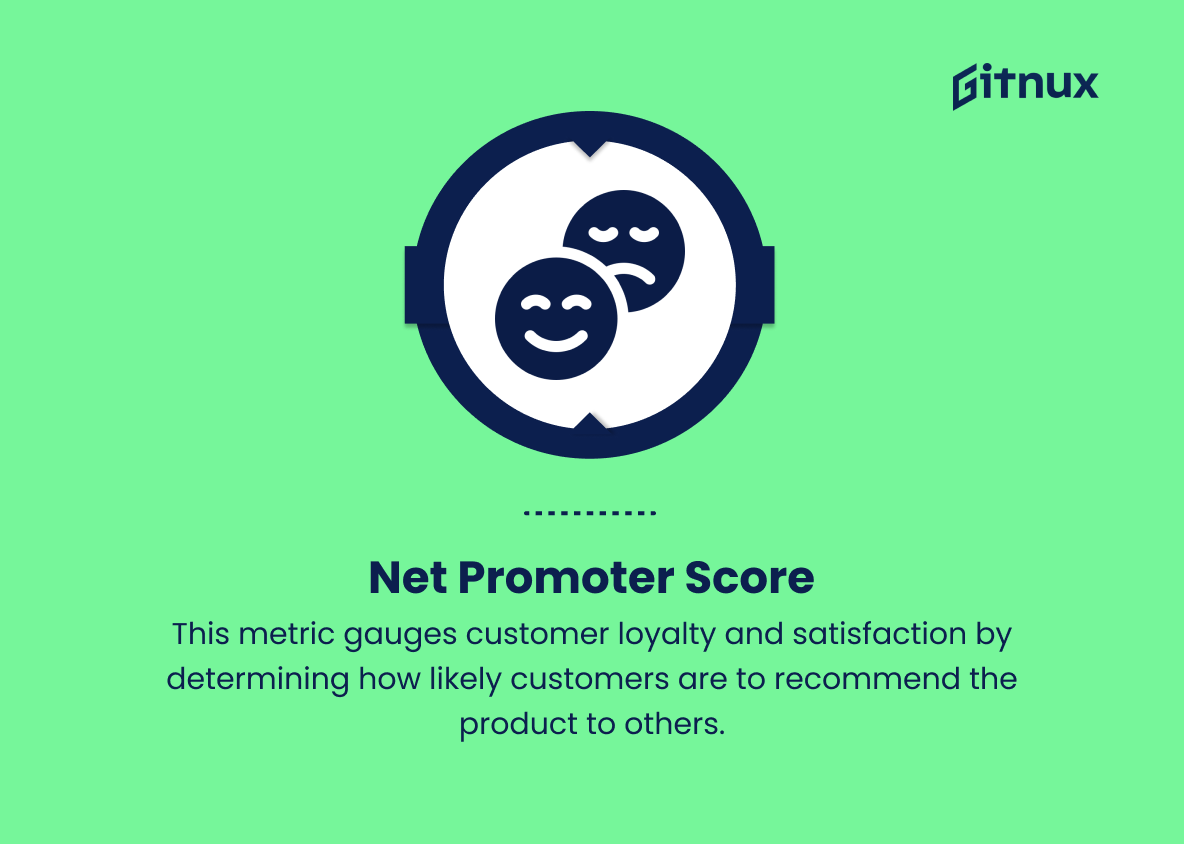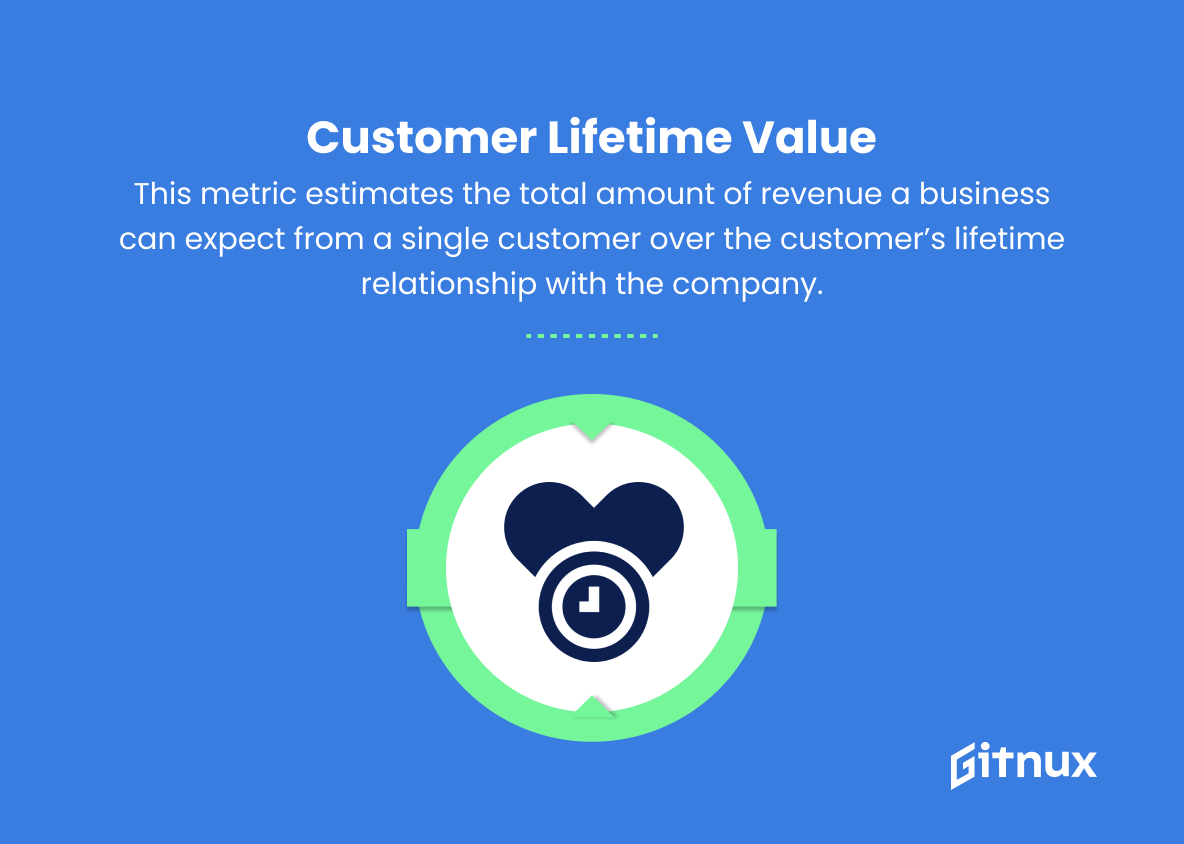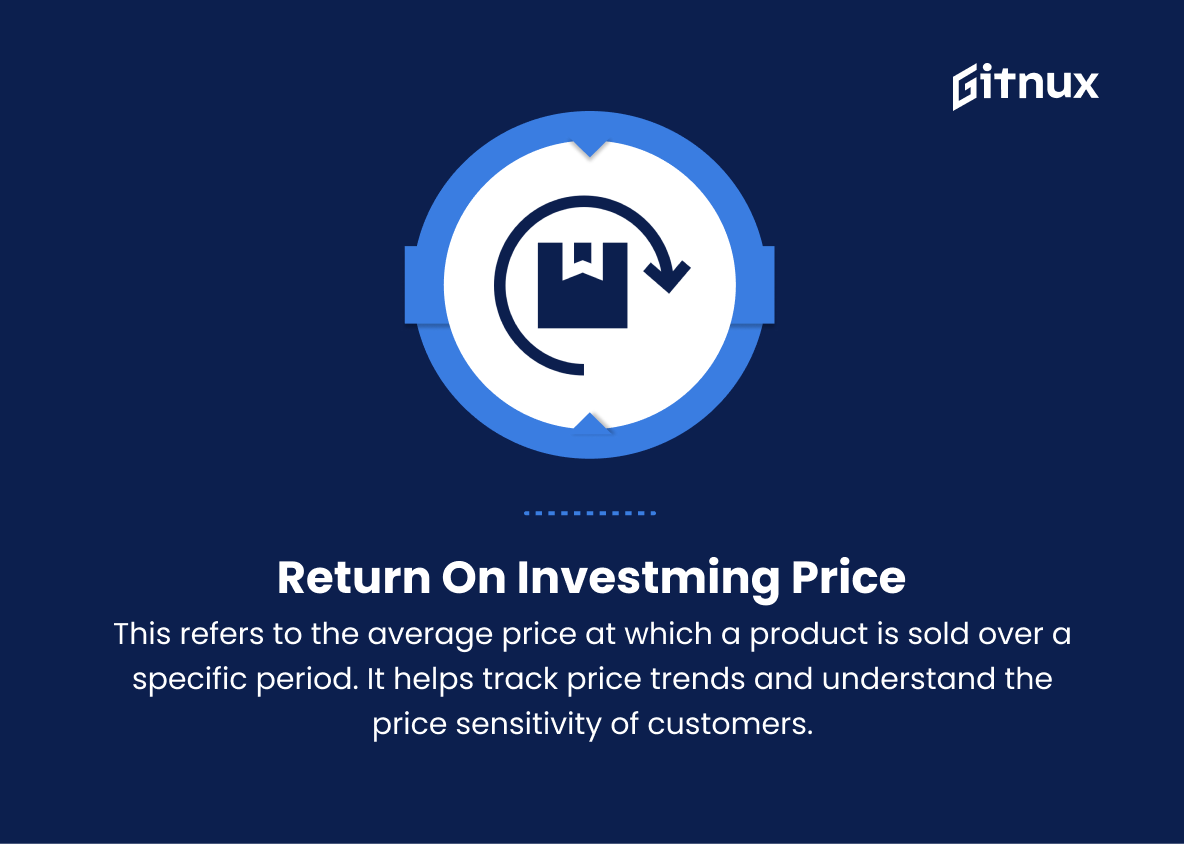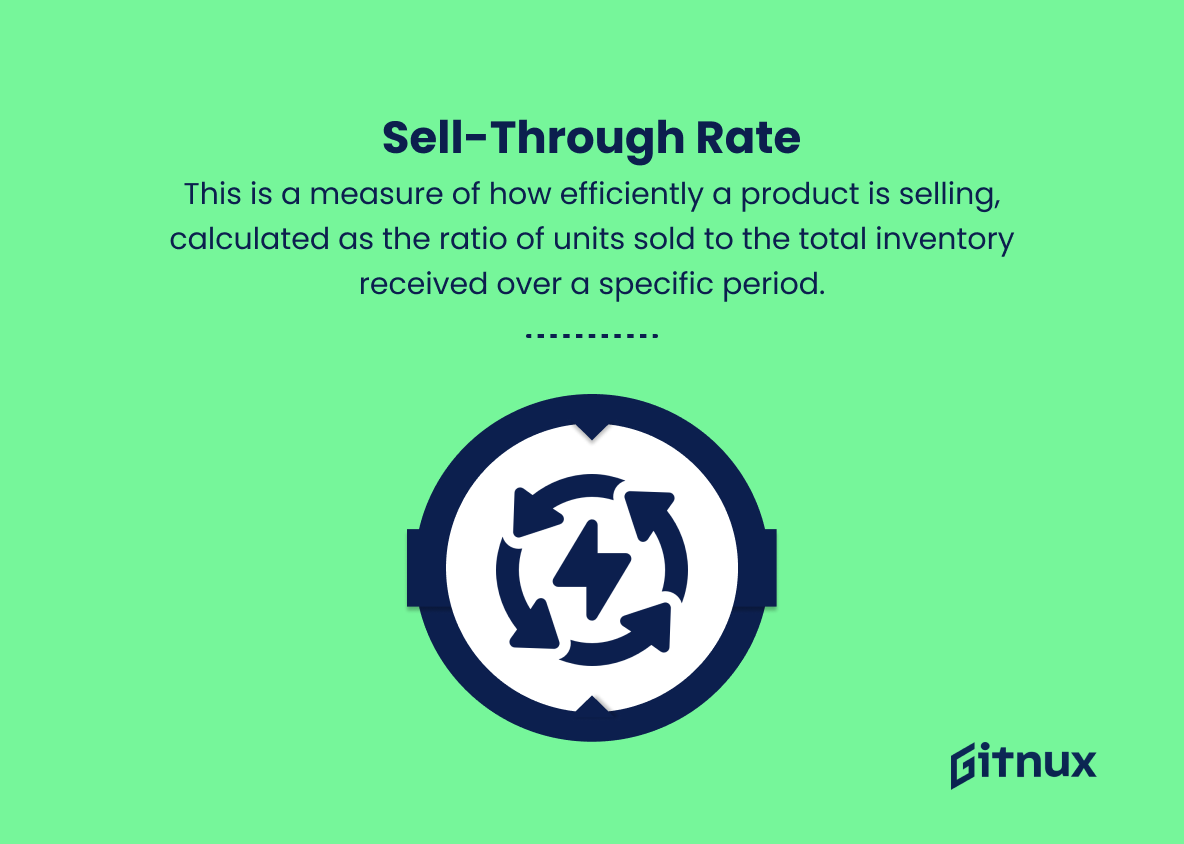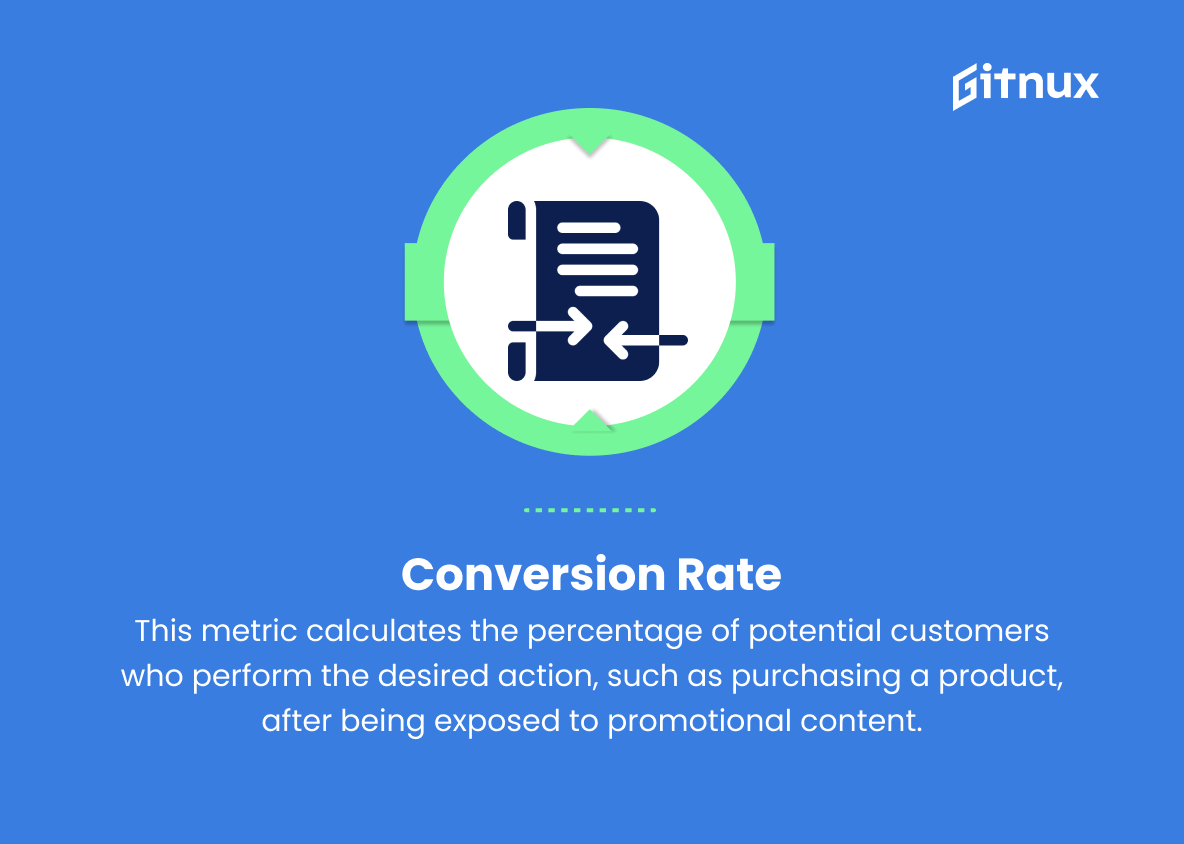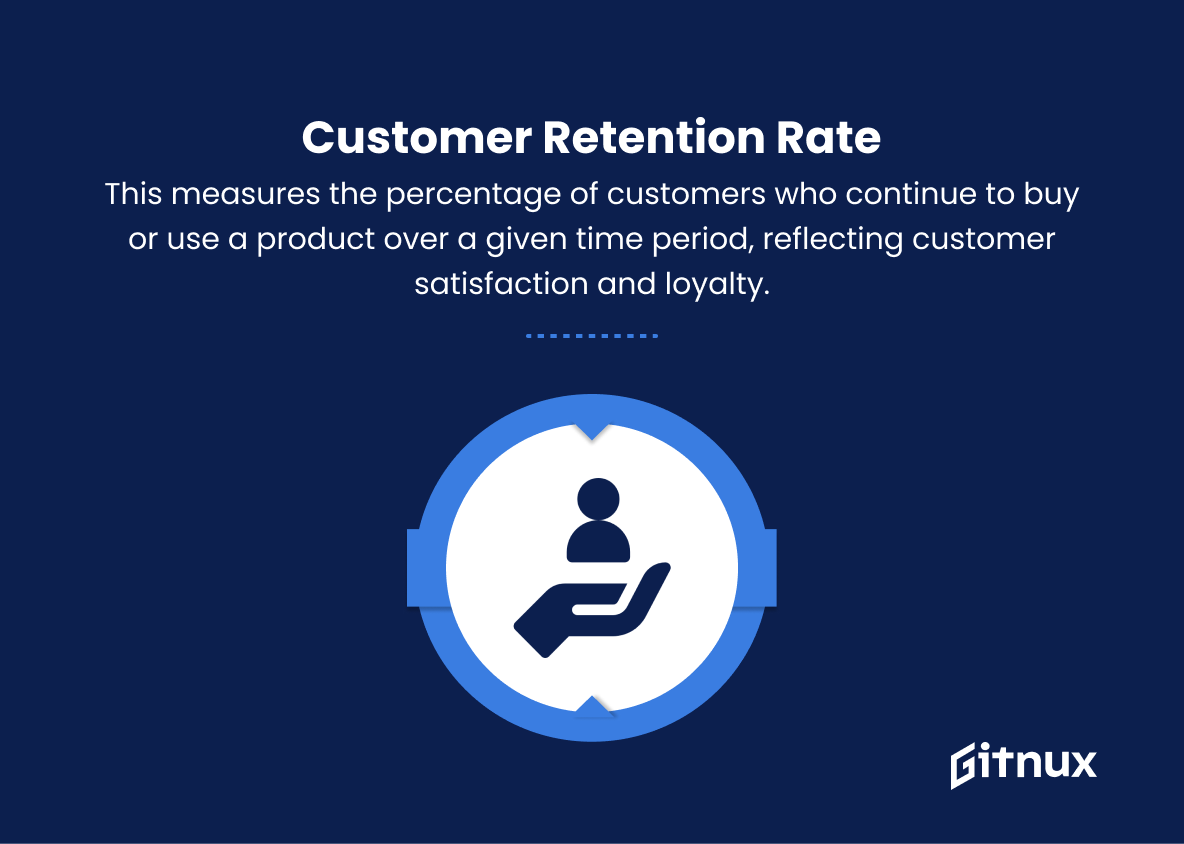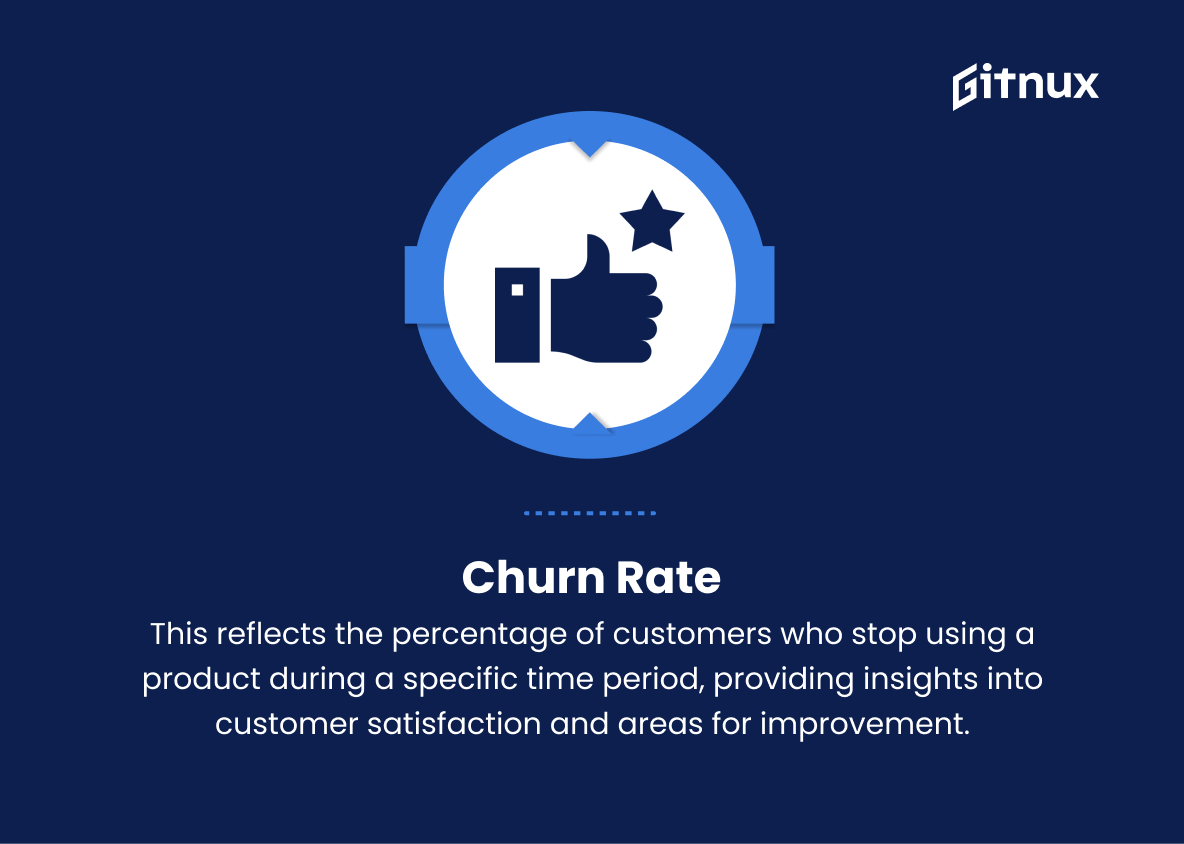In today’s fiercely competitive business landscape, leveraging data-driven insights to optimize product performance has become increasingly crucial. Knowing which metrics to track and analyze enables organizations to make smarter decisions, ultimately enhancing customer satisfaction and bolstering their bottom line.
In this blog post, we will delve into the various product performance metrics that can provide valuable insights into the overall efficacy of your product and help identify areas for improvement. We will also explore industry-specific approaches, best practices, and techniques for leveraging these metrics to drive sustainable growth and success. So, join us on this journey towards unlocking the full potential of your product through the power of data and analytics.
Product Performance Metrics You Should Know
1. Sales revenue
This measures the total income generated from the sale of a product. It reflects the demand and popularity of the product among customers.
2. Units sold
This metric denotes the total number of product units sold during a specific period. It indicates the product’s market penetration and demand.
3. Market share
This refers to the percentage of total sales in a market attributed to a specific product. It reflects the product’s competitiveness within the market.
4. Gross margin
This is a measure of the profitability of a product, representing the difference between its selling price and the cost of goods sold (COGS). It is often expressed as a percentage.
5. Net promoter score (NPS)
This metric gauges customer loyalty and satisfaction by determining how likely customers are to recommend the product to others.
6. Customer lifetime value (CLV)
This metric estimates the total amount of revenue a business can expect from a single customer over the customer’s lifetime relationship with the company.
7. Return on investming price (ASP)
This refers to the average price at which a product is sold over a specific period. It helps track price trends and understand the price sensitivity of customers.
9. Sell-through rate
This is a measure of how efficiently a product is selling, calculated as the ratio of units sold to the total inventory received over a specific period.
10. Conversion rate
This metric calculates the percentage of potential customers who perform the desired action, such as purchasing a product, after being exposed to promotional content.
11. Customer retention rate
This measures the percentage of customers who continue to buy or use a product over a given time period, reflecting customer satisfaction and loyalty.
12. Revenue growth rate
This metric measures the rate of increase in sales revenue during a specific period, indicating how well the business is marketing and selling the product.
13. Inventory turnover
This calculates how many times a product has been sold and replaced over a specific period, indicating the product’s demand and efficiency of inventory management.
14. Churn rate
This reflects the percentage of customers who stop using a product during a specific time period, providing insights into customer satisfaction and areas for improvement.
15. Time on site
This measures the average amount of time a user spends on a product website, indicating the user engagement and usability of the product.
These are just a few examples of product performance metrics that can help businesses track and improve their products’ success.
Product Performance Metrics Explained
Product performance metrics are essential as they provide valuable insights into various aspects of a product’s success and areas of improvement. They can help businesses understand and analyze critical factors such as demand, popularity, profitability, customer satisfaction, and market presence. Metrics like sales revenue, units sold, and market share reflect the product’s demand and competitiveness in the market. Gross margin, ROI, and ASP help assess product profitability, pricing trends, and price sensitivity.
NPS and CLV are important indicators of customer loyalty, satisfaction, and revenue generated through long-term relationships. Conversion rate, sell-through rate, and customer retention rate help businesses optimize their marketing and sales strategies. Revenue growth rate, inventory turnover, and churn rate can highlight the efficiency of inventory management, the effectiveness of marketing efforts, and potential areas to enhance customer satisfaction. Finally, time on site helps gauge user engagement and usability, contributing to a holistic understanding of the overall product performance.
Conclusion
In conclusion, product performance metrics are vital tools that empower businesses to objectively assess the effectiveness of their products and make data-driven decisions. By selecting and closely monitoring the right performance indicators, organizations can identify strengths, weaknesses, and opportunities for product improvements, ultimately contributing to better customer satisfaction, increased market share, and long-term growth.
Implementing a systematic approach to tracking and analyzing product performance metrics allows businesses to stay ahead in a competitive market, optimize resources, and continuously strive for excellence in their product offerings. As customer expectations continue to evolve, so must the metrics businesses use to ensure that their products remain relevant and successful.

